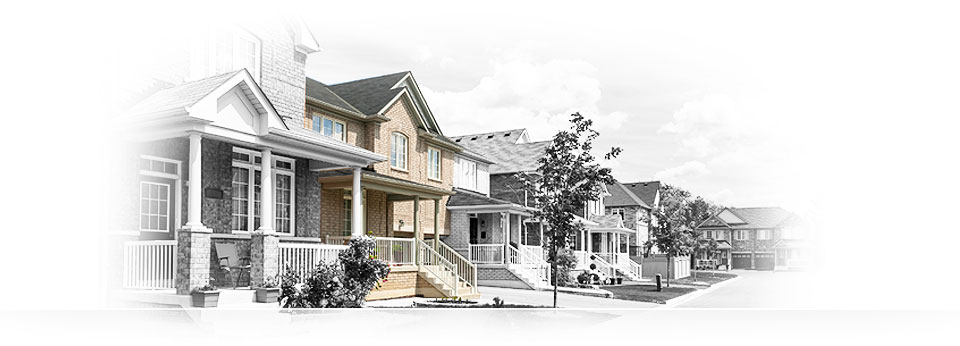Procura Mortgage Company

Refinancing your home
When to refinance
Homeownership is a long-term investment. One of the most common questions borrowers have is whether it makes sense to refinance a current mortgage loan. While every individual's situation is unique, there are common scenarios when refinancing can be a good idea:
- Save money. Lower your monthly payments by refinancing at a lower interest rate. If your home has increased in value, a new appraisal and refinance may help you eliminate the cost of private mortgage insurance.
- Get money. Convert some of your equity to cash by getting a new loan for a larger balance than your current loan. Consolidate debt by refinancing a higher loan balance and using the cash difference to pay off higher rate credit cards and other debts.
- Rest easy. Switch from an adjustable-rate mortgage to gain the budgetary security of a fixed-rate mortgage.
- Combine to one payment. Consolidate first and second mortgages into a single mortgage with a lower interest rate.
A rate-term refinance has a loan amount that is precisely enough to repay the balance of your existing mortgage. A cash-out refinance has a loan amount that exceeds the current mortgage balance, enabling you to receive cash from the transaction.
Refinancing can be very beneficial, but there are fees that go along with it. That's why it's important to weigh the up-front costs against the immediate and long-term benefits. By talking with an experienced mortgage professional, you can determine what makes sense for your situation and expectations.



